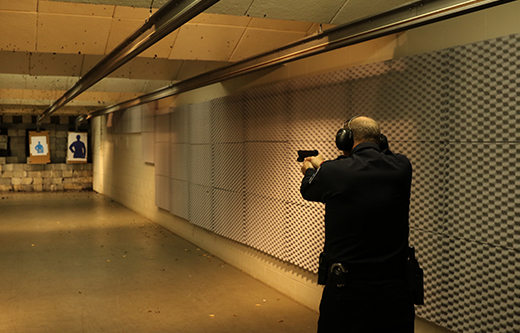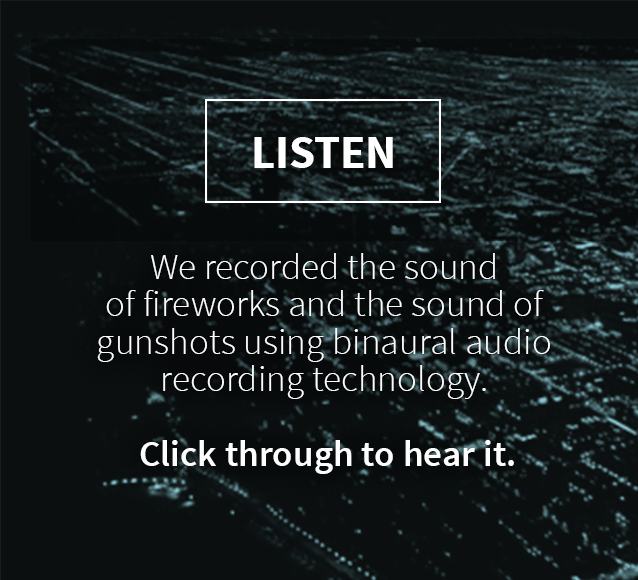
DNL is the standard noise metric used for all FAA studies of aviation noise exposure in airport communities. The DNL noise metric provides a mechanism to describe the effects of environmental noise in a simple and uniform way. LEQ is defined as the level of continuous sound over a given time period that would deliver the same amount of energy as the actual, varying sound exposure.įinally, the day-night average sound level ( DNL) noise metric is used to reflect a person's cumulative exposure to sound over a 24-hour period, expressed as the noise level for the average day of the year on the basis of annual aircraft operations. This could, for example, provide a measure of the aggregate sound at a location that has airplane flyovers throughout the day. The equivalent sound level ( LEQ) measures the average acoustic energy over a period of time to take account of the cumulative effect of multiple noise events. Sound Pressure Level ( SPL, dB) At One Microphone Location This provides a uniform way to make comparisons among noise events of various durations. SEL captures both the level (magnitude) and the duration of a sound event in a single numerical quantity, by "squeezing" all the noise energy from an event into one second. sound pressure) of an individual noise event as if that event had occurred within a one-second time period. The Sound Exposure Level ( SEL) metric represents all the acoustic energy (a.k.a. These metrics are used to compare individual noise events as well as many events that take place over an extended period of time. To account for the differences in duration and loudness of sounds, different metrics are used.

The maximum sound level of a gun firing a bullet is high but very brief a freight train can have the same maximum sound level, if you are very close to it, but the sound has a long duration. It can be useful to measure the maximum sound level, abbreviated as L max, of a particular noise "event." While L max notes the moment of maximum sound level, it does not account for the duration of a sound event. For example, the sound level of a plane increases as it approaches, and then as it flies away the sound level decreases. The A weighted noise level has been adopted by the FAA as the accepted measure to consider aircraft noise.įor noise sources in motion, like aircraft, noise levels can change over time. This scale most closely approximates the relative loudness of sounds in air as perceived by the human ear and provides a more useful way to evaluate the effect of noise exposure on humans by focusing on those parts of the frequency spectrum where we hear most. To account for differences in how people respond to sound, the "A-weighted" scale ( dBA) is used. We are less able to hear low frequencies like the rumble of thunder but hear high frequencies like the cry of a baby more strongly. The human ear also responds to different pitches or frequencies of sound differently.

Decibels, which are measured on a logarithmic scale, correspond to the way our ears interpret sound pressures.

The human ear hears sound pressures over a wide range.

The decibel ( db) is the unit used to measure the intensity of a sound. Noise, then, has both an objective, physical component as well as a subjective component that takes account of a person's individual perception, or reaction, to a sound. Even sounds that are pleasant at one volume can become noise to us as they get louder. Other sounds, like a neighbor's barking dog in the middle of the night, are more universally found to be annoying. Some sounds, like a distant train whistle, can be a pleasant sound for some, while being considered noise by others. You can feel how much more energy goes into yelling. The more energy put into making a sound, the louder it will be. Sound is energy transferred through the air that our ears detect as small changes in air pressure.


 0 kommentar(er)
0 kommentar(er)
